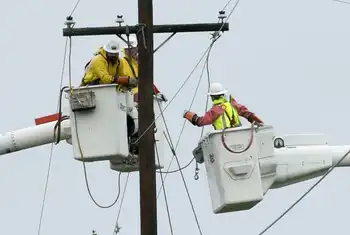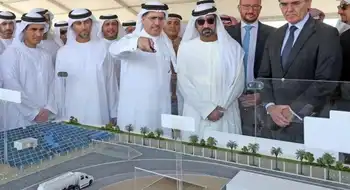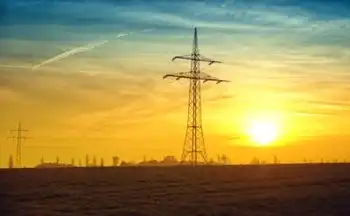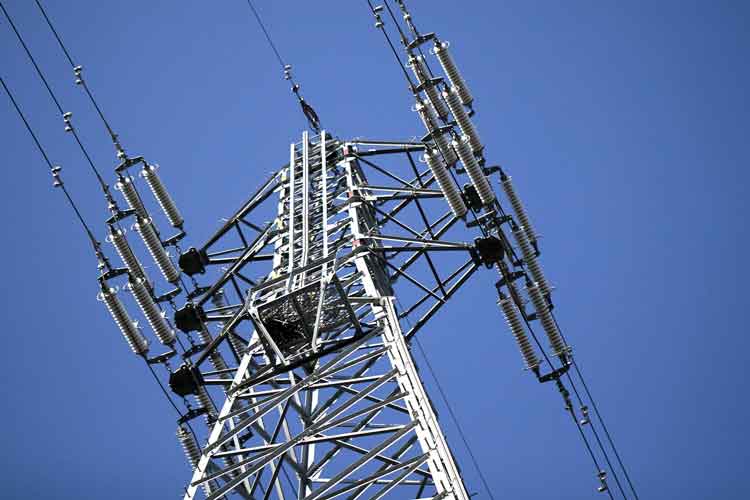Kenya targets 2,000 MW of green energy by 2013
By Industrial Info Resources
NFPA 70b Training - Electrical Maintenance
Our customized live online or in‑person group training can be delivered to your staff at your location.

- Live Online
- 12 hours Instructor-led
- Group Training Available
The green energy initiative is being managed by the prime minister's office. The proposed 2,000 MW of additional green energy will comprise 800 MW of wind power, 600 MW from clean coal ventures, 500 MW of geothermal energy, 30-50 MW from biomass, and 30 MW from hydroelectric projects.
The Ministry of Energy has already identified six geothermal ventures in Menengai and Olkaria with a combined potential output of 490 MW. The regions of Ngong and Turkana in Northern Kenya have been chosen for wind energy projects, which will have a combined capacity of 360 MW. Kenya is also planning to involve loss-making sugar production units in a bid to utilize their byproducts for power generation of up to 300 MW in order to reduce the load on the central grid.
About 56% of the country's current power output of 1,200 MW comes from hydropower ventures. Thermal projects contribute 36% of the installed capacity, while geothermal ventures account for 8% of the total capacity. With the rains playing truant, hydropower generation in the country has been affected considerably. Kenya is now looking to explore alternate green energy sources in order to ensure a steady supply of power.
The country's main source of renewable energy, geothermal power, has been relatively unexploited. Kenya is said to have about 3,000 MW of potential geothermal energy in its Great Rift Valley, only 200 MW of which is presently being harnessed. The United Nations Environmental Program, based in Nairobi, has estimated that Kenya has more than enough wind energy potential to meet domestic demand. According to the United Nations, the northern districts of Kenya have the capacity to generate more than 3,000 MW of wind power.
At present, apart from KenGen, which is partly owned by the government, two other companies are involved in clean energy ventures in Kenya. Mumias Sugar Company Limited generates 26 MW from byproducts of sugar production, while Ormat Technologies Incorporated produces 50 MW of geothermal power from the Rift Valley.
Funding for green energy ventures in Kenya is expected to flow in once the government subsidizes the costs involved. In the meantime, the French government has agreed to provide $250,000 for a renewable energy venture in Dertu village in northeastern Kenya, which is a part of the Millennium Villages, a collaborative community development venture of the Earth Institute at Columbia University and the United Nations Development Program. The United Nations Industrial Development Organization has also offered $2.8 million for a green energy venture named "Lighting Up Kenya," and the African Development Bank has also committed $419.4 million for a private 300-MW wind energy venture in the Turkana district.
In an effort to minimize dependency on the central power grid, Kenya's third-largest cement producer, Athi River Mining Limited, has announced plans for setting up a 29-MW coal-fired power plant. The proposed plant, to be built at a cost of $50 million, will be located adjacent to ARM's cement factory in Kaloleni and is expected to run on imported South African coal. Based on clean coal technology, the plant is expected to reduce power requirements from external sources by 25%, saving the company $2 million per year.
ARM will utilize a portion of the power produced at the plant, while about 19 MW of power from the venture will be sold to Kenya Power & Lighting Company Limited. Negotiations with KPLC are under way to finalize the power purchase deal at $130 per megawatt. ARM is also holding talks with European Investment Bank and International Finance Corporation to secure the necessary funding for this long-term venture. With ARM's cement output set to reach 650,000 tons per year by January 2010, the new plant is expected to make the cement production process more cost effective.











